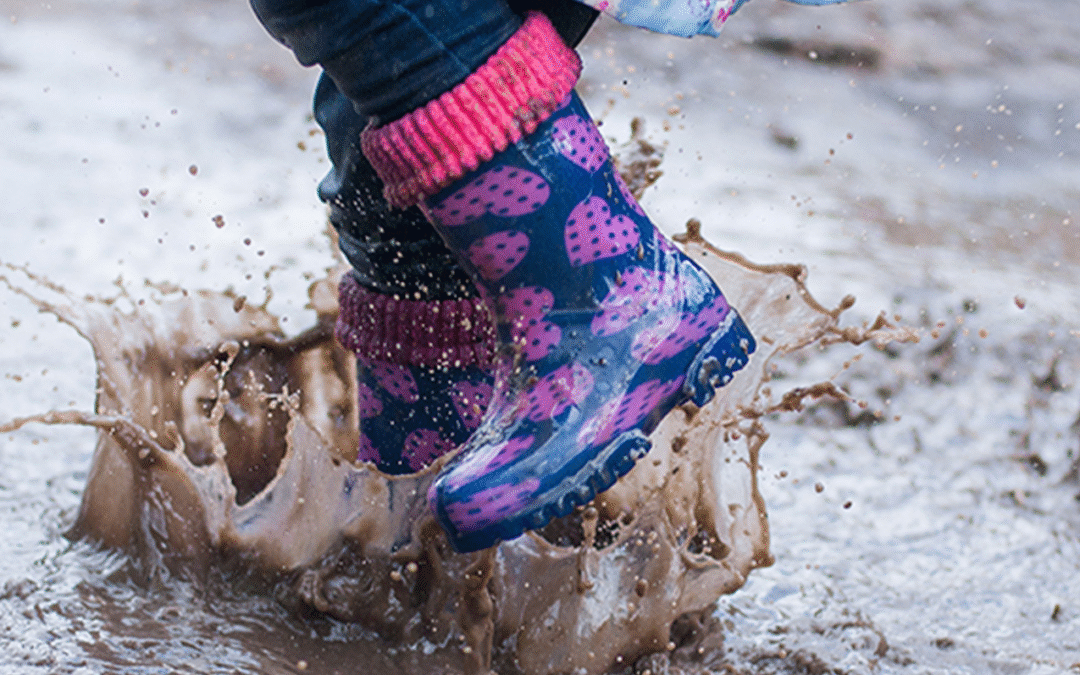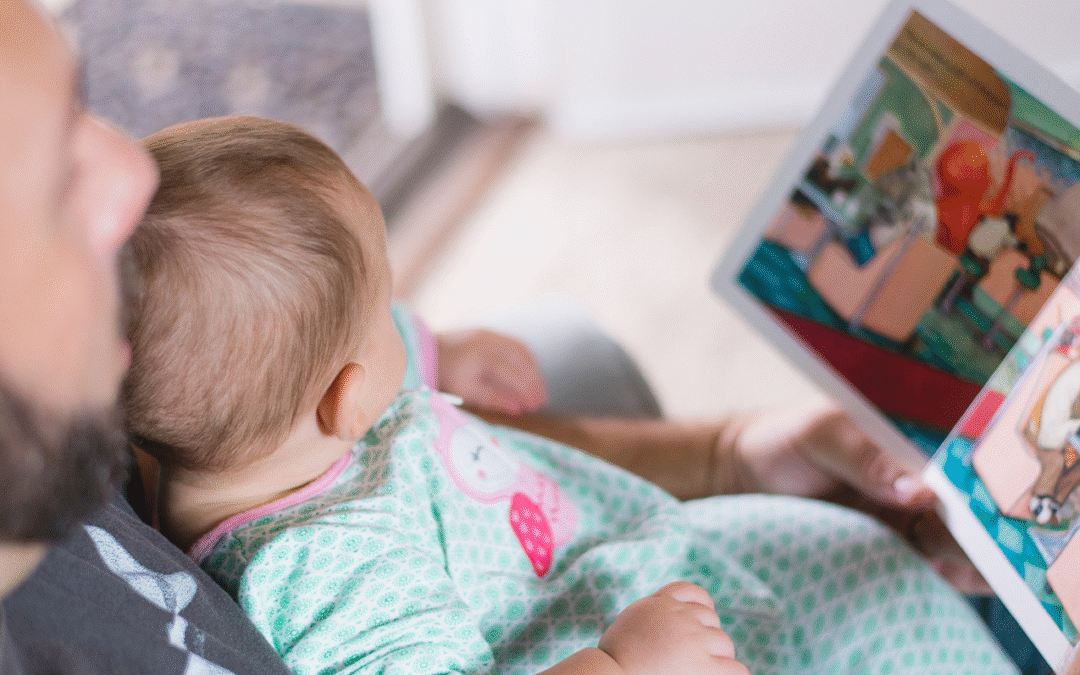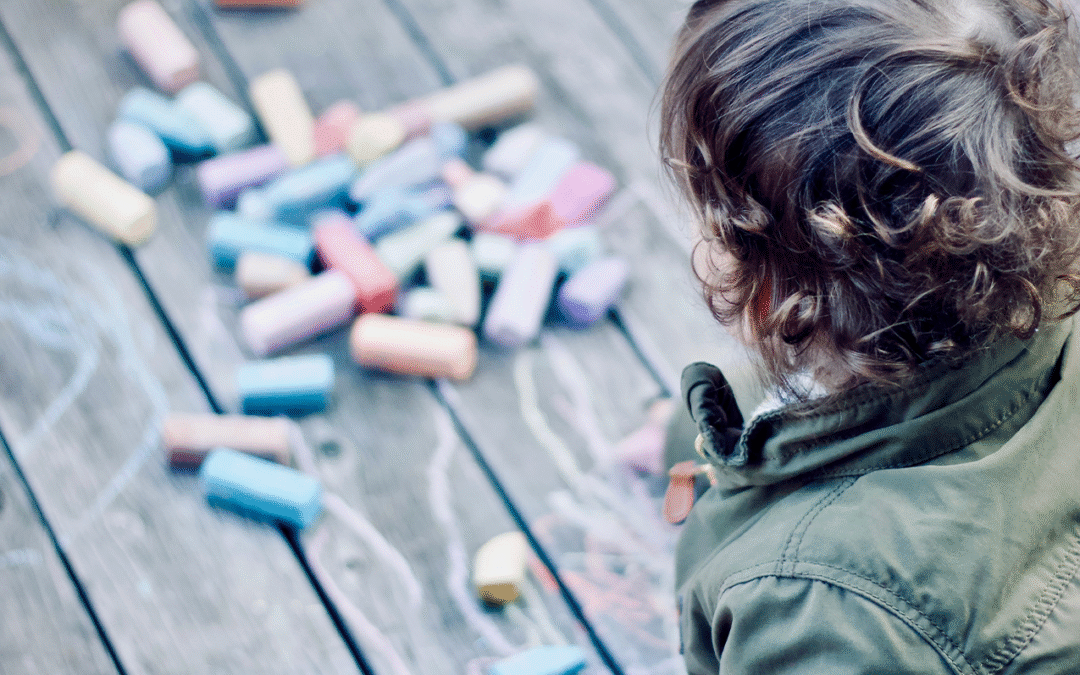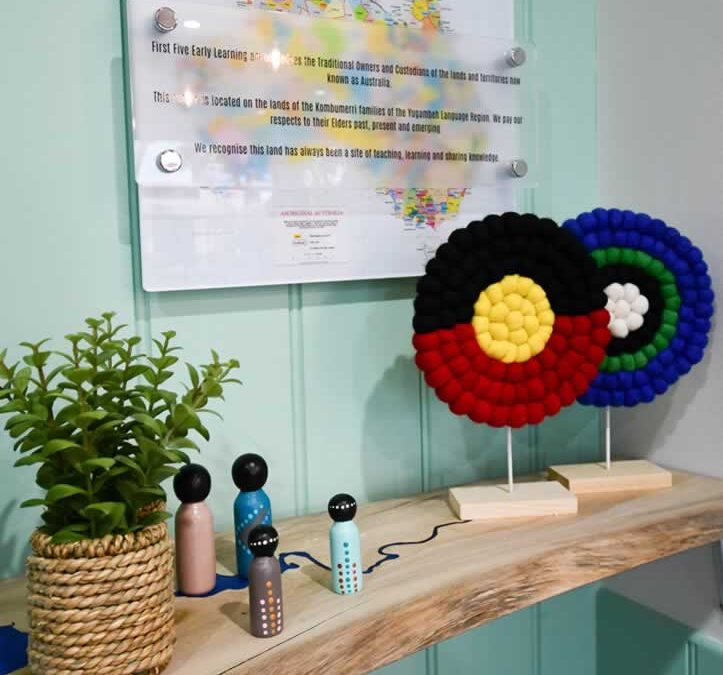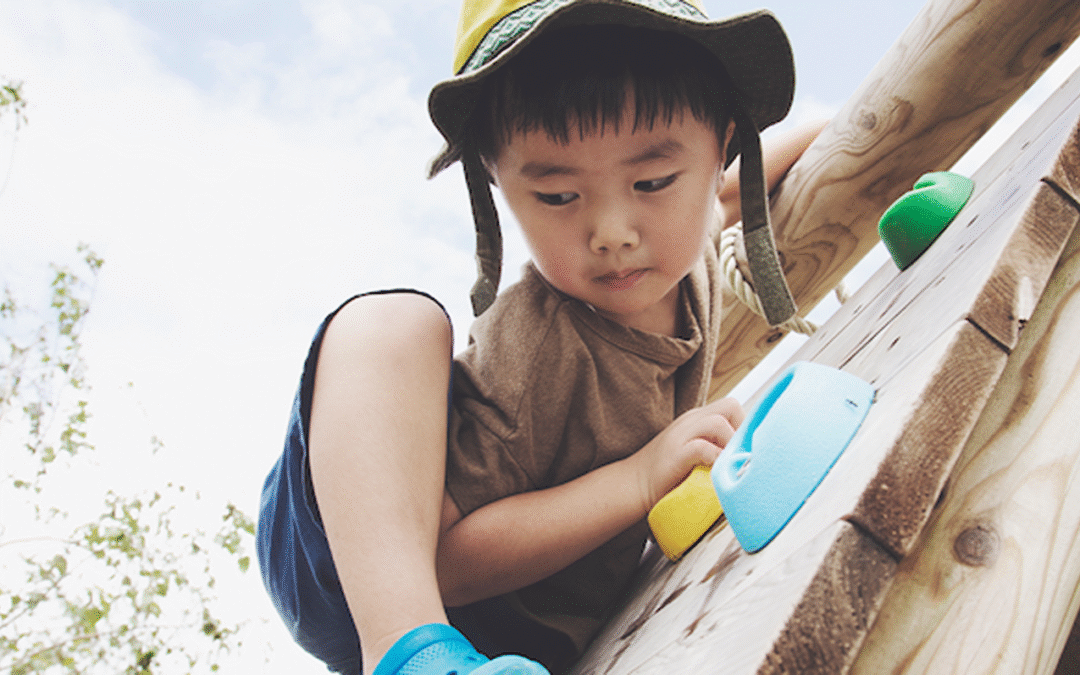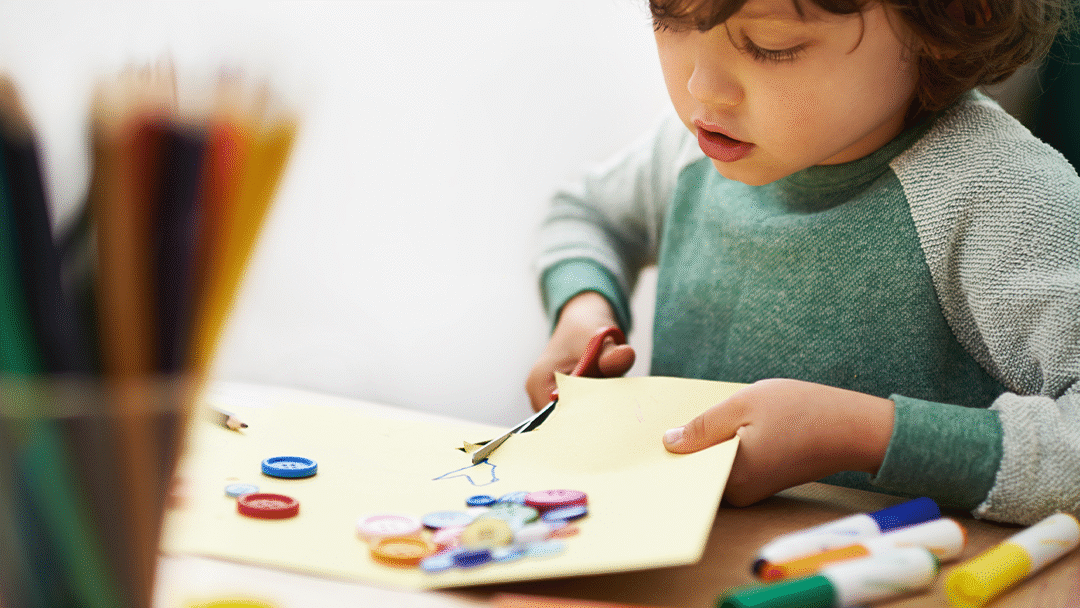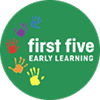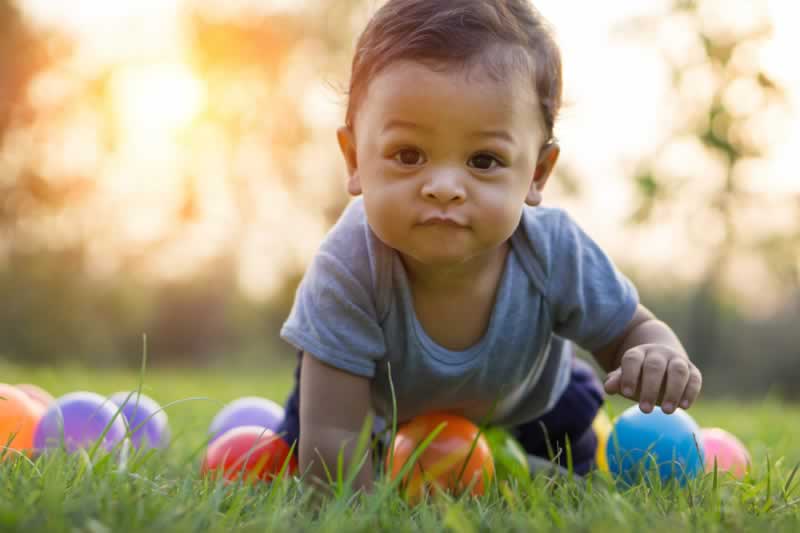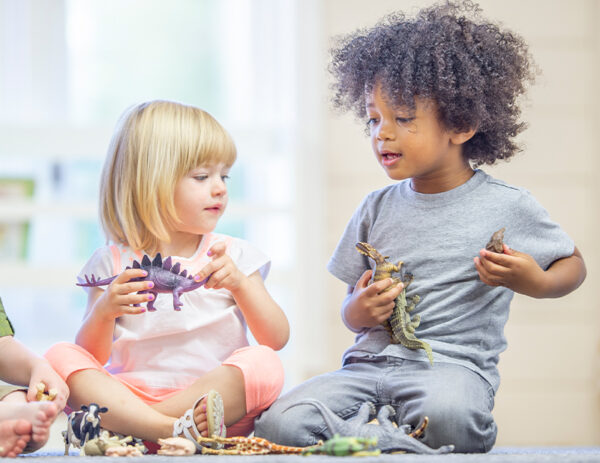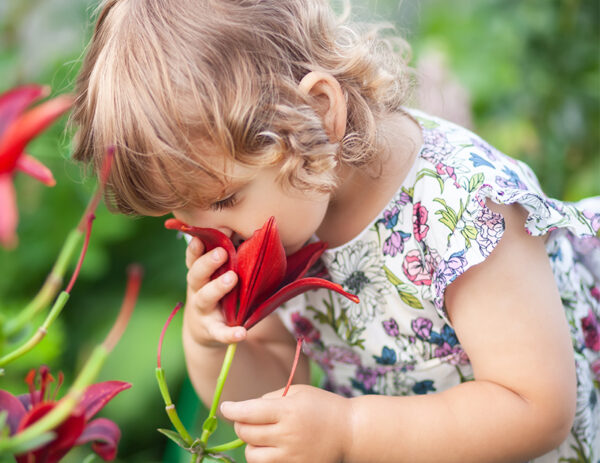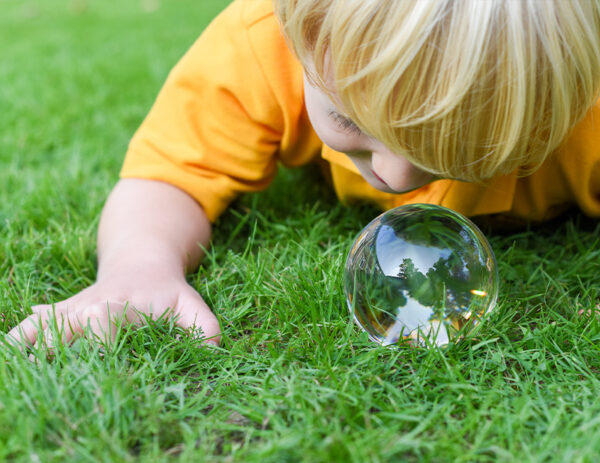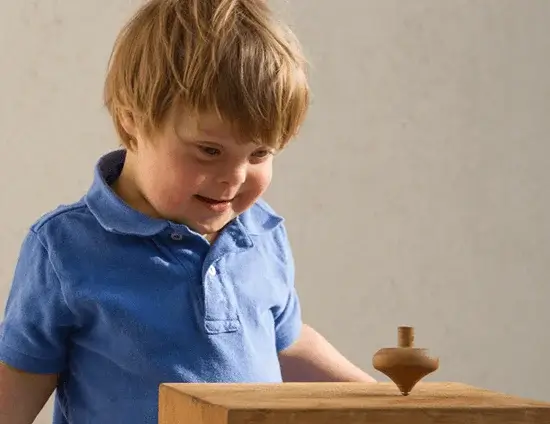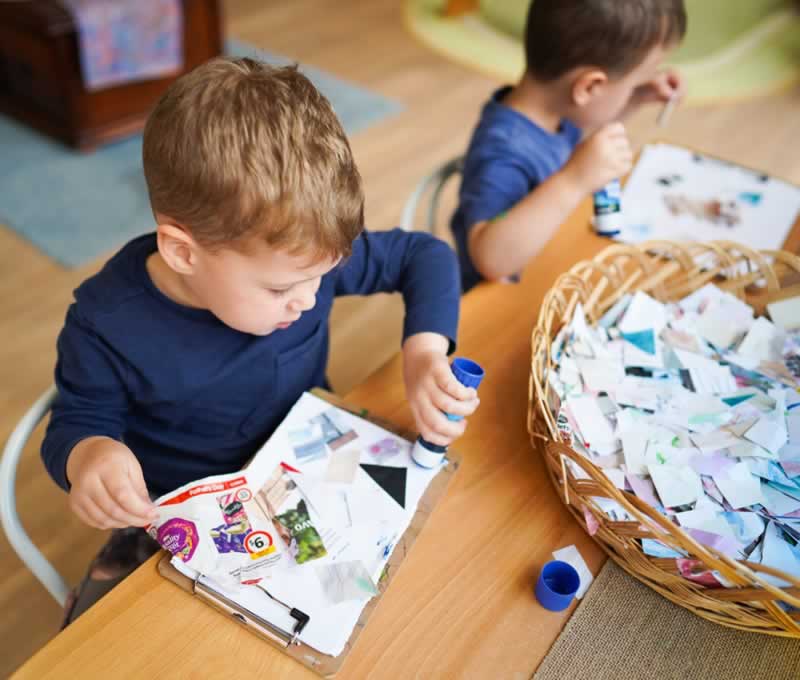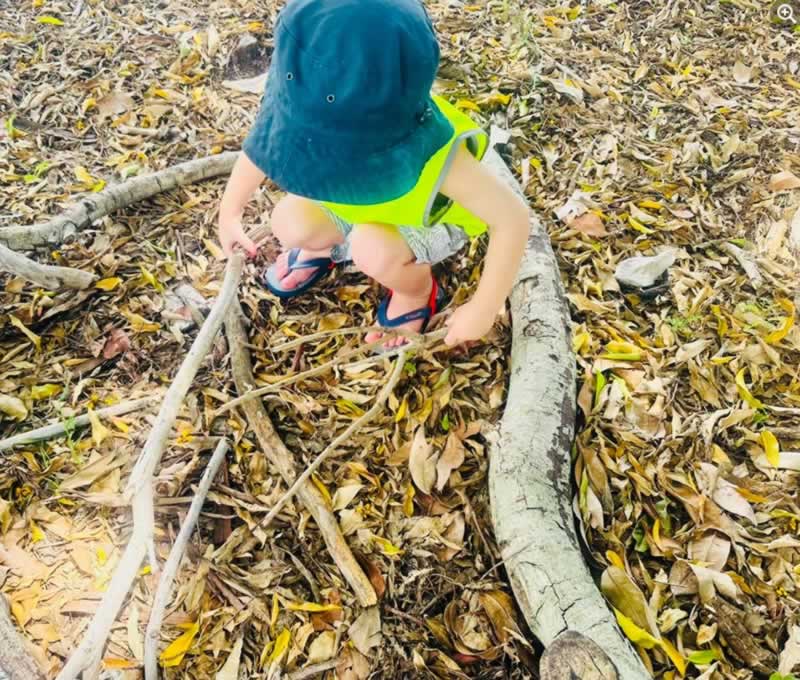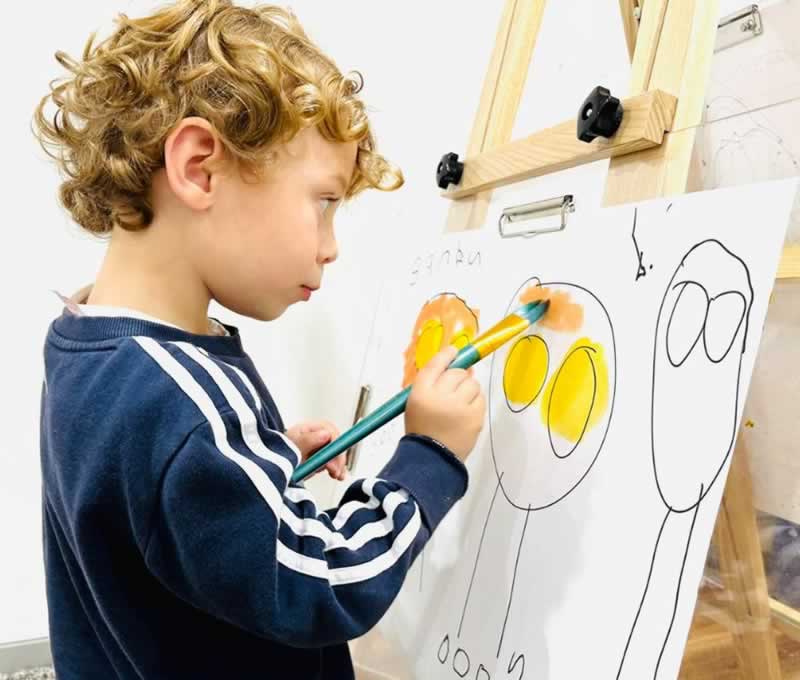Fine and gross motor skills help prepare children’s bodies for the physical demands of a school day. For example, when handwriting, children need well-developed core strength to sit upright for long periods, tracking ability with their eyes to space and locate words on the page, shoulder strength and finger dexterity to manipulate a pencil, and the ability to cross the midline to coordinate controlled movement. Children also need well-developed physical skills for independent self-care,, managing lunch box items, and engaging in physical activity and sports. In our kindergarten program, children have repeated opportunity to develop and refine fine and gross motor movement patterns through climbing, balancing, dancing, running, skipping, ball games, loose parts play, block building, Lego, puzzles, and art-making.
